Ever met someone who started making films before learning to take photos? Meet Samuel Tehrani, an actor-turned-photographer who proves that sometimes the most interesting journeys start in reverse. While most photographers graduate from stills to motion, Tehrani’s love affair with imagery began with creating short films on his iPhone during downtime between acting gigs. Today, he’s evolved into a visual storyteller who treats the streets of the city as his meditation space and studio photography as his playground.
In this candid conversation, Tehrani shares how his “backwards” entry into photography shaped his unique perspective, why he considers David Bowie a spiritual mentor in creative versatility, and how he turned the endless waiting time on film sets into an unexpected artistic opportunity. From his recent switch to a Fuji X-T5 to his refreshingly non-linear approach to creativity, Tehrani’s story reminds us that sometimes the best artistic path is the one that makes absolutely no sense on paper.

What first drew you to start taking photos, and how did your iPhone become your tool of choice?
It was film that drew me to photos. Usually, it’s the other way around, right? So I guess I moved backwards.
Working as an actor and being a film buff, I started doing short videos with my iPhone. I made-up trailers, commercials, short stories, homages to music videos, imaginary shows, etc.—you know, everything that’s fun.
YouTube was my first go-to source to learn everything I needed to start. I bought cheap lights—which I needed anyway for my auditions—and dove in. After taking some photos with the newly purchased lights, I realized how good pictures taken on an iPhone can look, if you just know how to set up the light and how to frame it. Editing was of course a very crucial step in making them look a certain way.
Why the iPhone? “The best camera is the one that you have on you”, as they say. And I didn’t have to spend extra money. 🙂
Can you tell us more about your experiences as an unofficial set photographer? How did your acting career influence your love for photography?
You have to wait a lot as an actor in-between scenes. I always took photos on-set to preserve the memories. The more I learned about photography, the more meticulous I made my shots. And people are always happy to receive cool photos of themselves to share. The great thing about taking pictures on a film-set, is that everyone’s already fully dressed, with make-up and on a proper location. I only have to take the shot. Makes my work so much easier.
I think as an actor or filmmaker, it’s important to tell a story. And the same thing applies to photography. Actually, I approach all my artistic endeavors more-or-less in the same way, because I think that’s just how my mind works. Ultimately I’m trying not to overthink or think at all, but just do. The thinking comes afterwards. Easier said than done though.
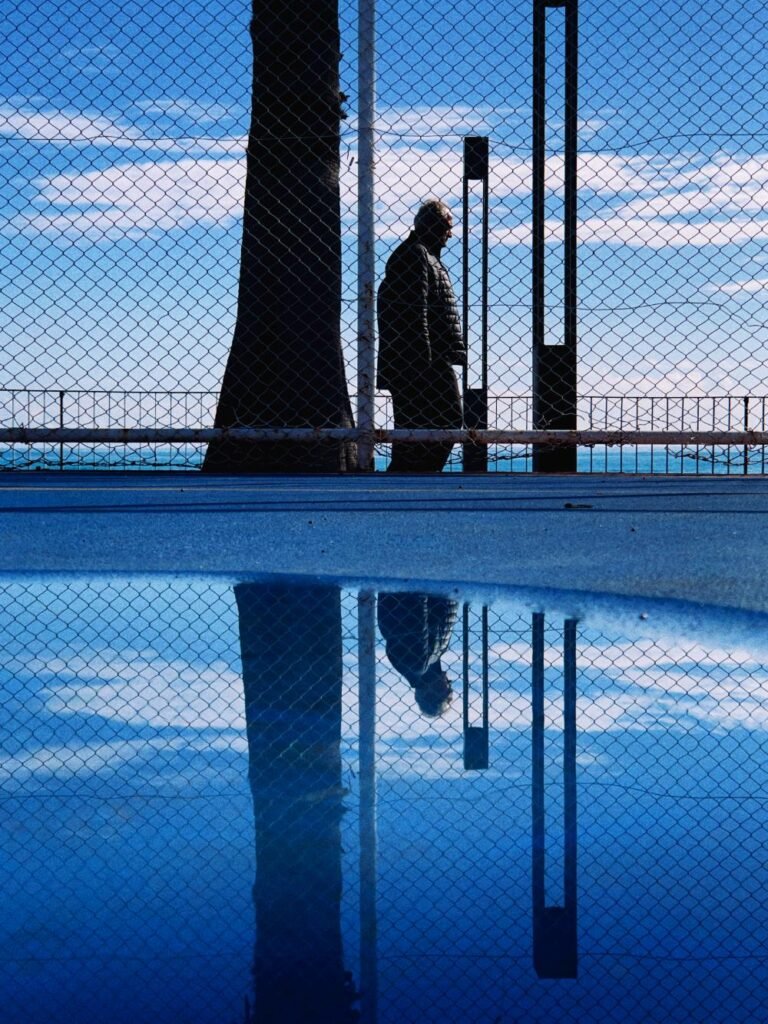
You’ve described street photography as a kind of meditation. What does that process feel like for you, and how does it compare to acting or other creative pursuits?
I spend a lot of time doing auditions, going through my lines, writing songs, editing, drawing and learning new things. Most of it happens at home, in front of a laptop. I tend to lose any sense of time, since I tend to get quite obsessive about the process. After a while, I feel “caged up”.
Street photography is the great counterbalance. I get some fresh air, clear my mind, get my 10.000 steps/day and just observe. No setup, no preparation. Whatever I see, I will see. With the curiosity of a child. I’m focused, but in a loose way. I am simply meandering. I believe that all our creative pursuits are inter-connected. And the more we understand them and our relationship to them, the more unrestrained we can “act”.
However, whenever I believe I finally got it, usually I feel even more oblivious than before. So the whole artistic process for me is about constant reinvention. And it is a very subconscious one. I couldn’t tell you why I’m doing what I’m doing in the moment. Only when I look back and observe in retrospect.
Saul Leiter and Ernst Haas were key inspirations for you. What is it about their approach to photography that resonated so strongly with you?
The first time I heard of Saul Leiter was in a video essay. Then I was talking with a friend about Leiter’s work and he introduced me to Ernst Haas. I saw some similarities in their work: the way of framing life on the streets, the multiple layers, capturing moments through reflections, the abstractions, both worked a lot with Kodachrome film … It was the kind of photography that drew me in. It wasn’t a copy of the real world, but a subjective painting of it.
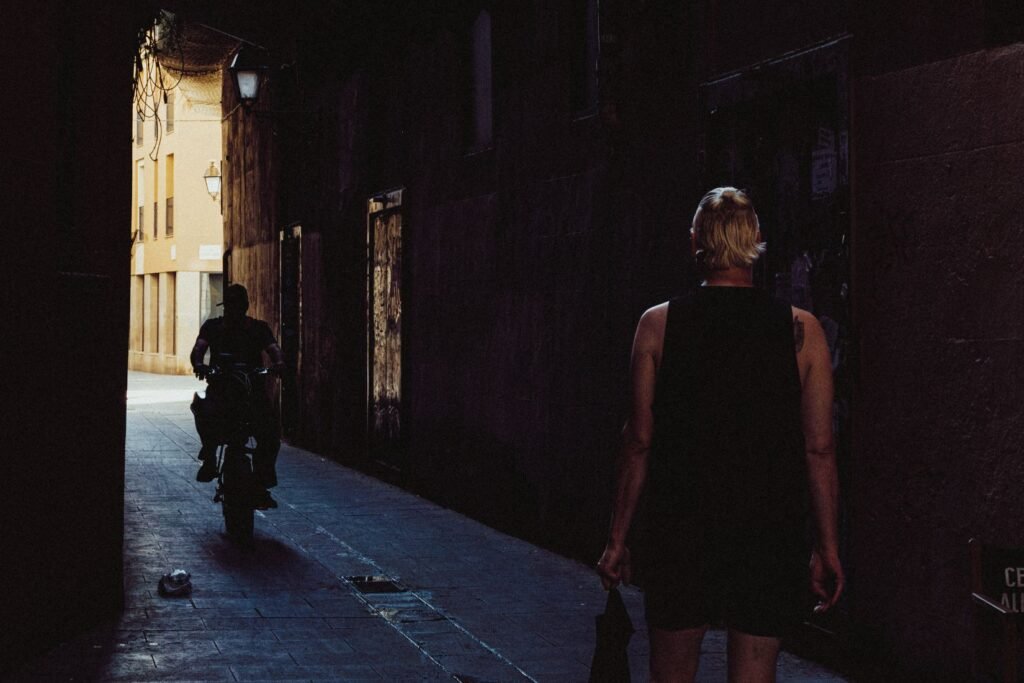
When did you decide it was time to switch from your iPhone to a camera, and how did your Fuji X-T5 change the way you work?
It was March 2024 when I finally bought my first camera. The reason I chose Fuji was because of its color science. It has this nostalgic quality to it & I used to edit my iPhone-Photos in a similar way, using apps like FNI Film or Dehancer.
The great thing about the iPhone is that it’s small and lightweight with three lenses, and you always have it with you. Its strength is also its “weakness”. It does a lot of work for you. Additionally, due to its small sensor there is a limit to its image quality. The Fuji inspired me to learn how to properly work within the exposure triangle of a camera and take more responsibility over my vision. Having said that, I still have a long way to go. Especially when it comes to studio lighting. That’s a big one for me.
You’ve said photography feels more like painting than copying real life. How do you balance capturing an emotion versus a literal image?
I don’t think I ever thought of balancing anything. Whatever comes up, comes up. But isn’t there always some sort of emotion involved? Even in its tiniest form? Even if it’s just boredom?
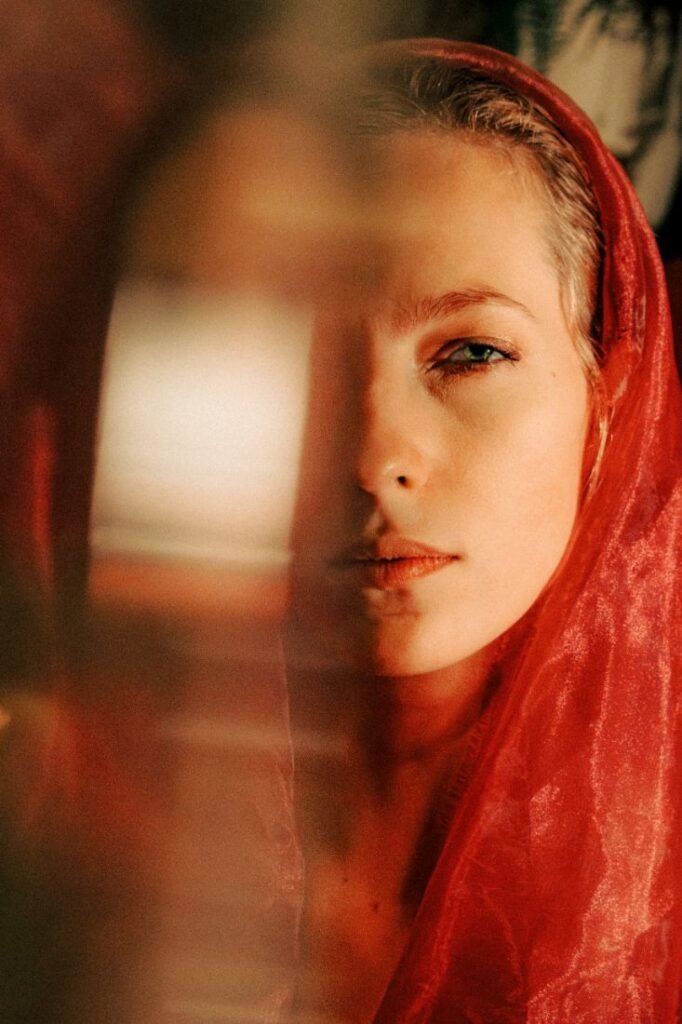
What sparked your recent interest in studio photography, and how do you see it connecting to your experience in film?
As much as I enjoy street photography, I was recently introduced to artists like Paolo Roversi, Rafael Pavarotti, Erwin Blumenfeld, Albert Watson, Gabriel Moses, William Arcand & Elizaveta Porodina. They all shared the same quality that drew me towards Leiter and Haas in the first place. Every frame is a painting. Their photos had this abstract, surreal touch & yet it was still anchored in reality. I don’t know how to explain it. I’m throwing around words, but all I’m just trying to say is: I love their work. And it gets me fired up.
The reason why it reminds me of film, is because it’s a set environment and they basically do the work of a director. You have a story, your talent in front of the lens, you work with various departments, and you choose what goes in front of the camera and what stays out – anything that is true to the story and your vision. I think it’s important to have some knowledge about the various building blocks within a production, so you know what to look for when working with other people. I’m nowhere close to where they are, but they inspire me to keep learning.
As someone who embraces so many creative roles, how do you navigate the balance between focus and the “divergent flow” of ideas?
I once watched an Interview with David Bowie where he talks about being a Generalist. Doing many things at the same time and not seeing himself solely as a musician. Allowing everything within himself to exist and flow freely. And that made so much sense to me. I could never align myself with being just one thing.
There are moments where I think I’ve got everything under control, only for it to slip through my fingers again. I’m basically a little puppy who fetches after a red shiny ball. I only know that once I have an idea and it’s flowing effortlessly, there is nothing I can or should do, but to stay in lane. And if it won’t come, don’t force it. I figured that my mind doesn’t work in a linear way. So why try working “logically”? The best thing I can do is to give-in to its perceived randomness, trust the process and hope to finish it. It’s a constant battle with oneself. One that can end up being very cathartic.
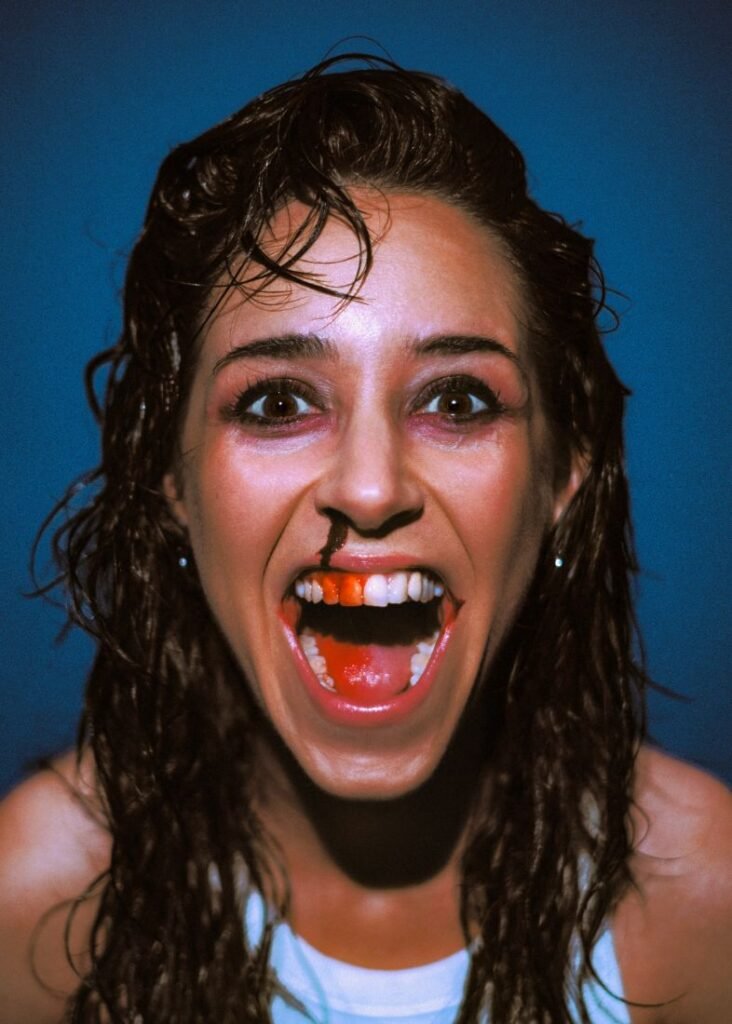
David Bowie’s idea of being a “generalist” clearly resonates with you. How do you see all your creative pursuits interconnecting?
I’ve been in situations when acting helped my songwriting, music helped my video-editing, writing stories or watching movies helped me to take photos. Since they all come from the same “source”, it’s impossible to avoid any spill-over. Being a Generalist provides me with the necessary vocabulary & understanding to communicate my ideas with people from other departments. Speaking the same language just makes all the difference when working together.
What are your dreams for future collaborations, and how do you think they might shape your work as an artist?
I do have a mental list of some people I’d love to work with, but I don’t want to jinx it! Haha
I always dream big. I think that’s what dreams should be – BIG! The sky’s the limit. I want to be able to unify everything I know and do and throw it into the world. However that may look like.
Hopefully, I‘ll also be able to inspire others through my own journey. It’s nice when you can have a positive impact on someone else’s life through something you love doing. Which means a lot of work. You either love doing it – despite the hardships – or it ain’t the right call.
Thank you so much for sharing with us today Samuel. We look forward to seeing how your creativity and photography continue to grow and develop.
Follow Samuel’s photography at @monsieur_fauxoculaire


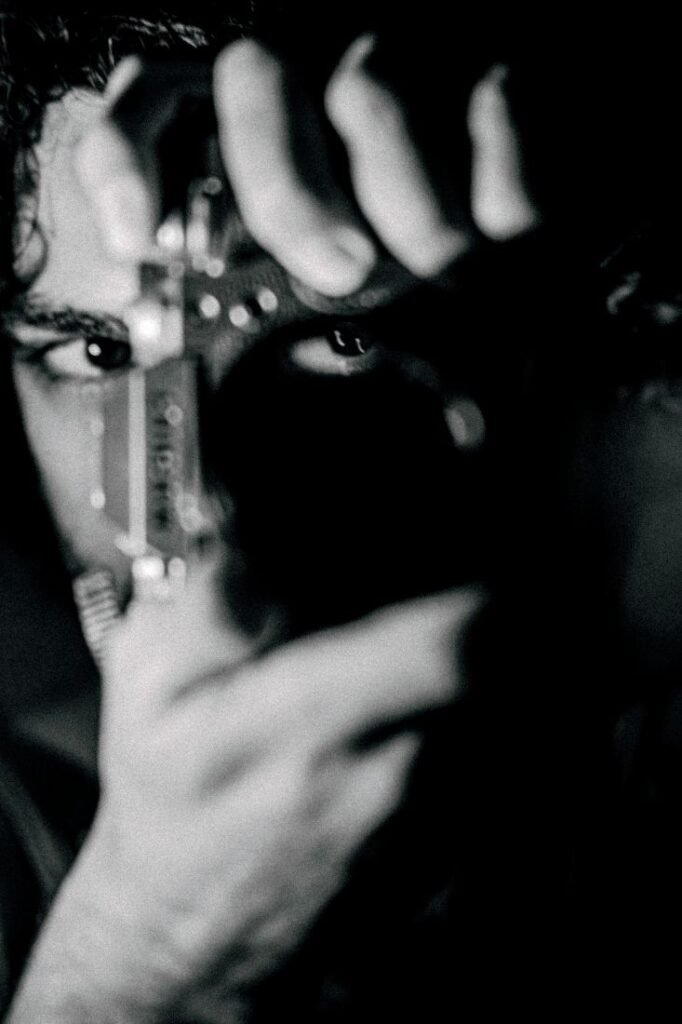
Thanks for your interest in art & creativity on FrikiFish— a one-woman labor of love, providing free content and services to artists, art-lovers and creative projects in-and-around Barcelona. This project runs on caffeine and community love, please consider supporting with a donation or a cup of coffee. Thank you!